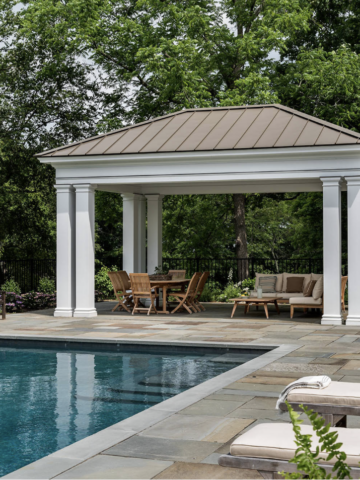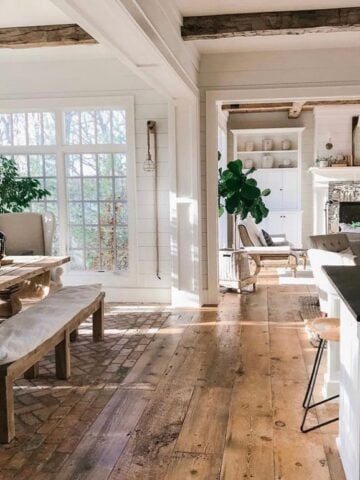Discover practical methods to stay on budget during your home renovation. From initial planning to the final review, get insights on managing costs, choosing affordable materials, and hiring the right professionals for a successful, budget-friendly home makeover.

When it comes to home renovation projects, many homeowners often find themselves spending more money than initially planned. Whether it's unexpected costs or over-the-top design desires, the budget can easily get skewed. However, it's possible to stay within budget and still achieve your dream renovation. Here's how:
Home Renovation Initial Planning
1. Define your Budget
Before setting out on your renovation journey, it's crucial to have a clear and well-defined budget. Your budget will help guide your decisions and keep your renovations balanced between what you want and what you can afford.
To make your budget more flexible, consider supplementing your income with other sources, such as passive income streams. Renting out a spare room, investing in dividend-paying stocks, or starting an online business are great ways to generate additional funds for unexpected expenses or upgrades.
2. Prioritize your Needs
Renovating often means making tough decisions about what stays and what goes. To stay within budget, it's essential to prioritize. Which renovations are strictly necessary for comfort or functionality? Which ones are merely cosmetic? Make a ranking list of your renovation requirements, sorted by necessity.
Research and Quotes
3. Get Multiple Quotes
Once you have a list of projects, it's time to approach contractors. It's a good idea to get at least three quotes to gain a clear idea of the cost expectations. This step will also give you the chance to negotiate.
4. Factor in Unexpected Expenses
Unanticipated repairs and variations can throw your budget off track. It's therefore wise to set aside about 10-20% of your budget for these unexpected costs.
Choosing Materials and Professionals
5. Look for Quality, Affordable Materials
Renovation costs can quickly increase with the choice of materials. Opt for materials that offer a balance between quality and affordability. With sufficient research, you can find attractive, durable, and reasonably priced materials.
6. Hire the Right Professionals
While it might seem financially intuitive to choose the cheapest contractor, poor-quality work can lead to higher expenses in the long run. Choose a reputable contractor who offers quality work at competitive prices.
During the Renovation
7. Stick to the Plan
It can be tempting to add small tasks or upgrades, but these can quickly add up and blow your budget out of proportion. Stick to your plan and budget, reassessing only when necessary.
8. DIY when Possible
There are certain tasks you can handle without a professional's help, such as painting or demolition. However, remember to be sensible about your abilities. If a task requires expertise, don't hesitate to hire a professional.
9. Communicate with your Contractor
Regular communication with your contractor about your budget will help avoid misunderstandings. Be open about your budget constraints and ensure they are on the same page.
Re-evaluation
10. Regularly Review your Budget
Unexpected expenses can arise during the renovation process. Regularly revisiting your budget during the renovation ensures you're on track and allows you to make adjustments if required.

Home renovation certainly requires careful planning and disciplined execution, but by implementing these strategies, you'll have a great chance of achieving your home's transformation while staying within budget. The process might present challenges, but the result - a home you love - will be worth the effort!
Until next time,



















Leave a Reply